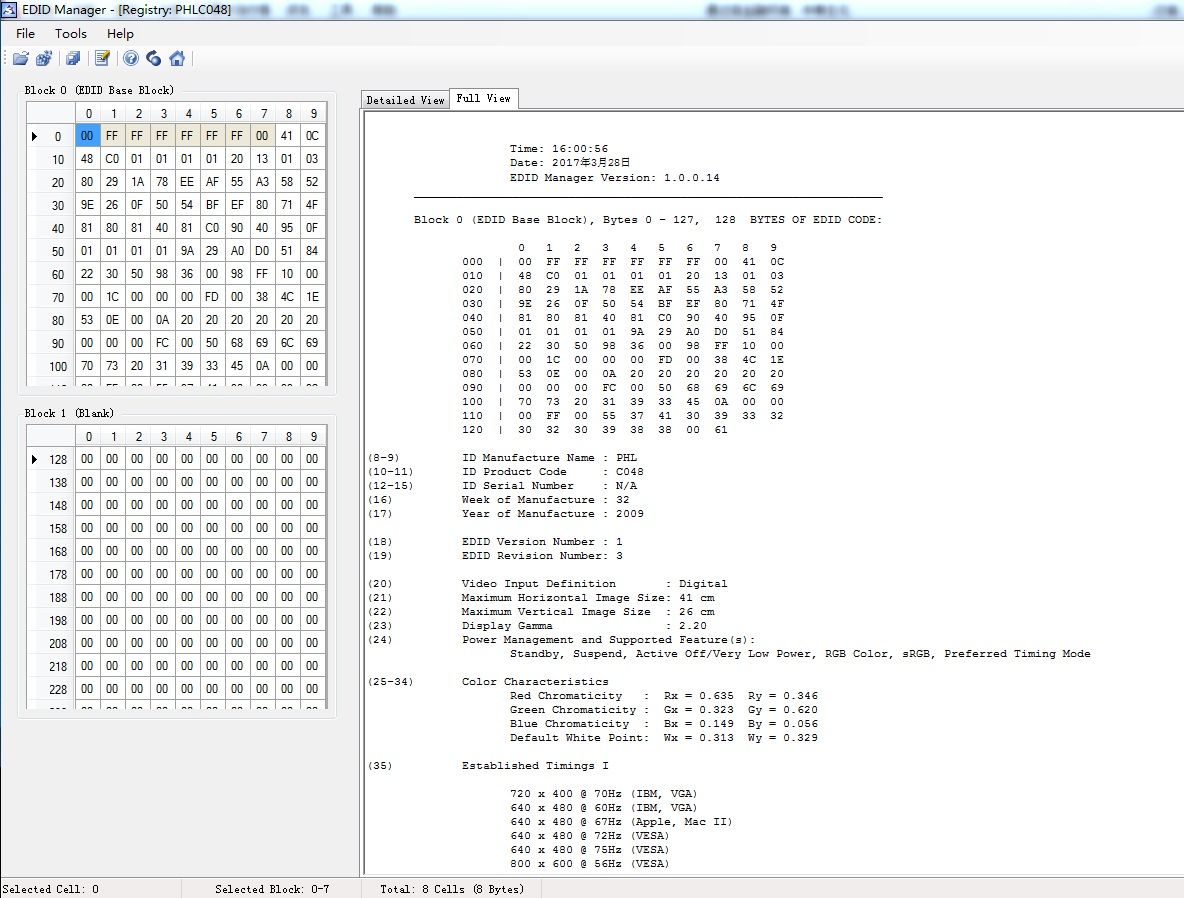Project update 6 of 16
Use Case: Real-time video processing
RGGBer provides both HMDI input and output channels. This makes RGGBer suitable for most real-time video processing projects. One example is the VPU (video processing unit) card described below.
This VPU card can be set up to stream full HD video by connecting it in series between a video source and a video monitor. This configuration lets you use it as a video processing card for, say, a laptop connected to an LCD projector or monitor. Because RggBer uses an FPGA, you can create your own algorithms to process and modify the video signal any way you like.
Here’s the high level data flow for this configuration:
The data path is: full HD video source —> HDMI RX chip —> FPGA processing modules —> DDR2 —> FPGA video TX module —> HDMI TX chip —> LCD monitor
This configuration provides high frame rates and resolution because of the FPGA’s parallel processing capability and the high bandwidth of the DDR2 frame buffer. The MCU is used for basic, board-level configuration, and the user can use the Android App to switch between different processing algorithms on the fly.
Here’s what this looks like in action:
In order for the video source to automatically recognize RGGBer’s HDMI input and send out the video stream in the correct format, the user will need to download the correct EDID data to RGGBer’s onboard EDID EEPROM. This is accomplished using the EDID manager application.
The RGGBer Dev Kit provides EDID data support for 1080p @ 60fps that can be downloaded to EEPROM by the MCU, with an additional connection between the HDMI output and HDMI input.
Jie Zou
RGGBer team





